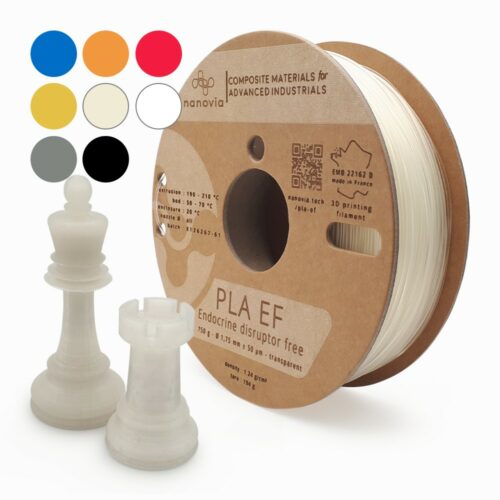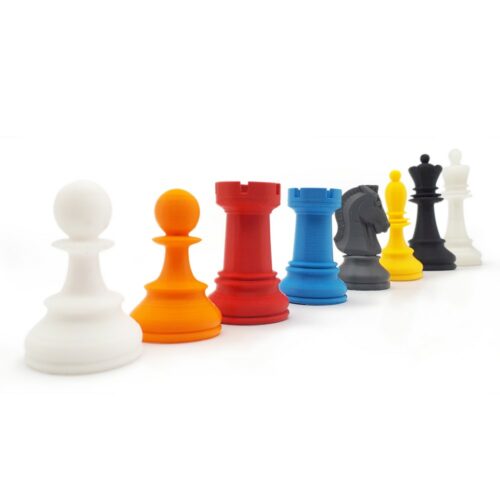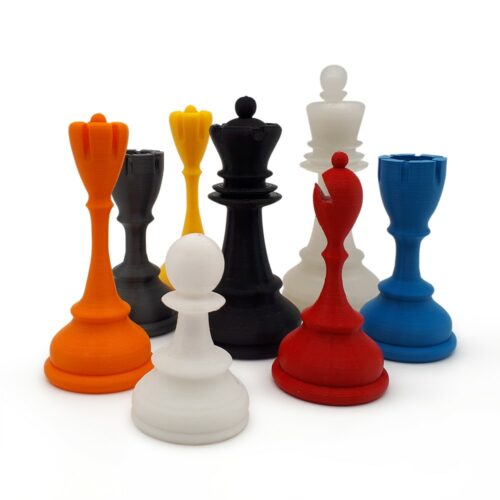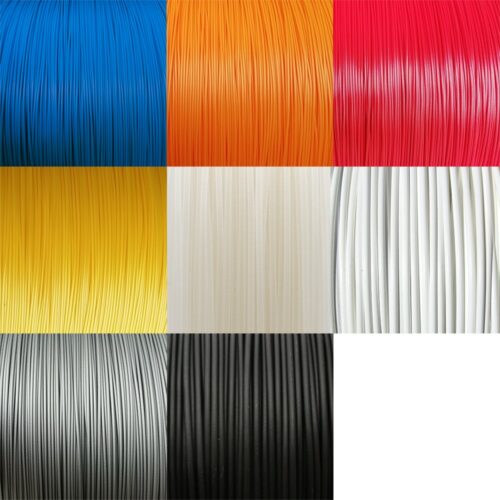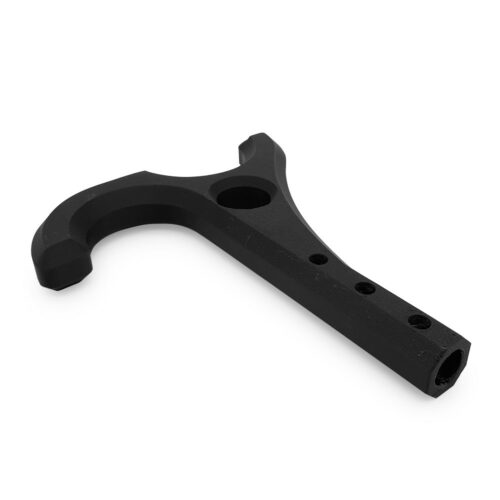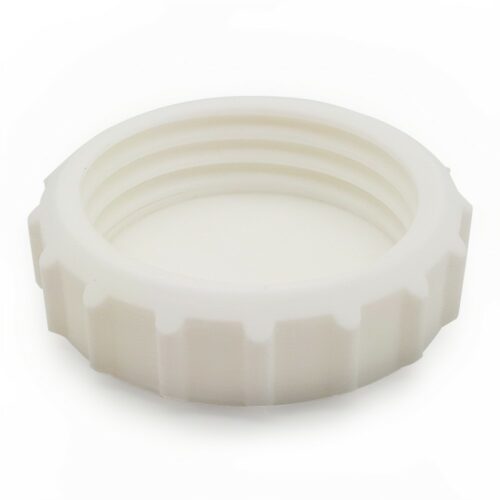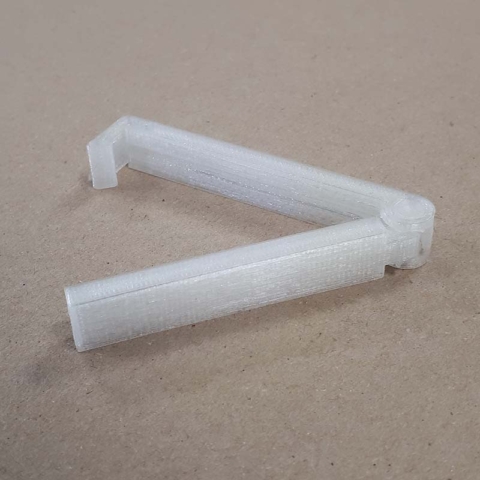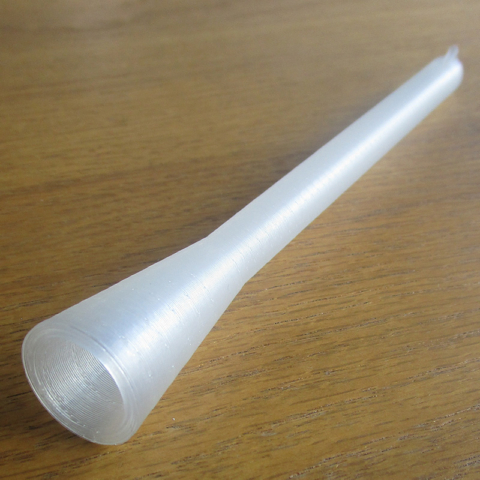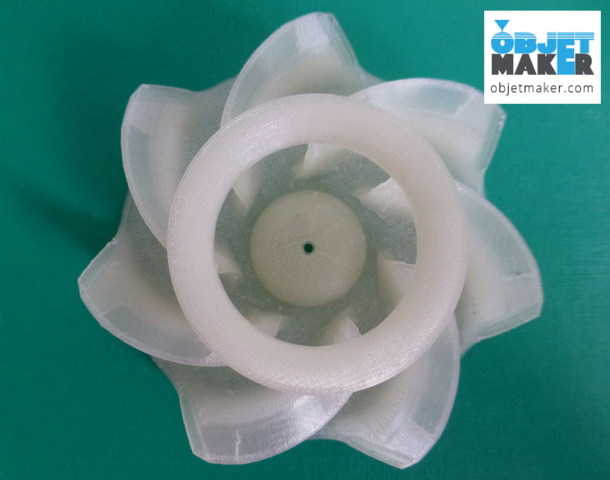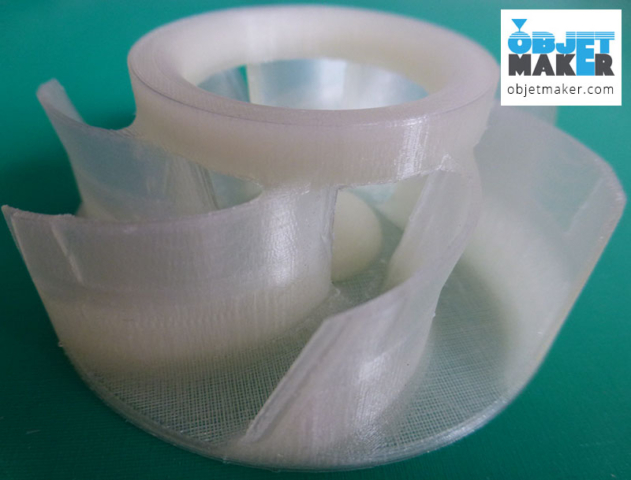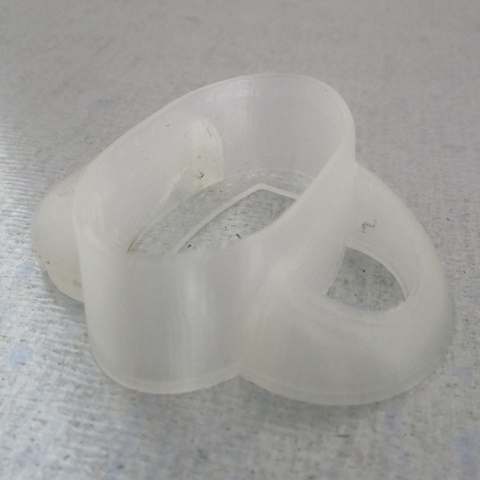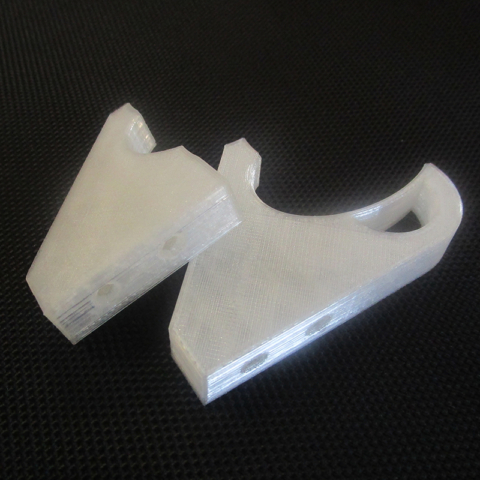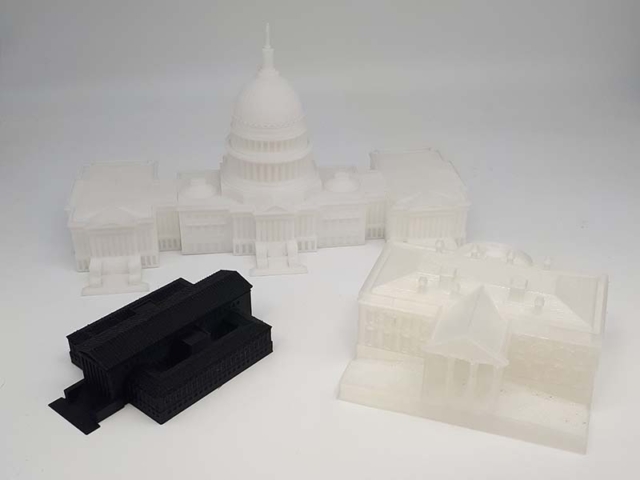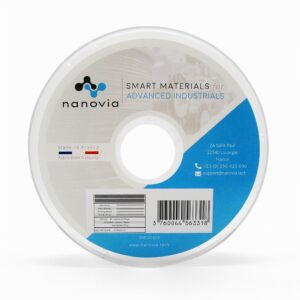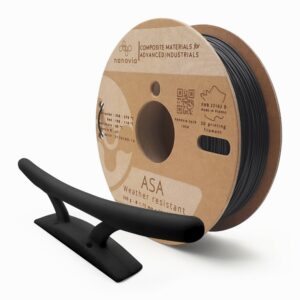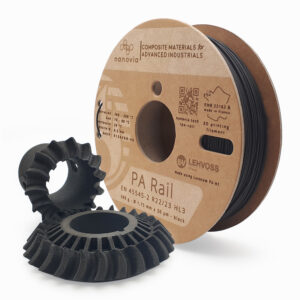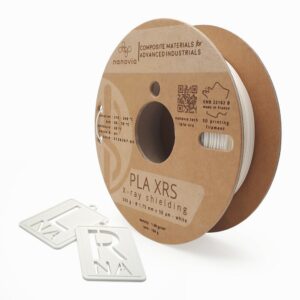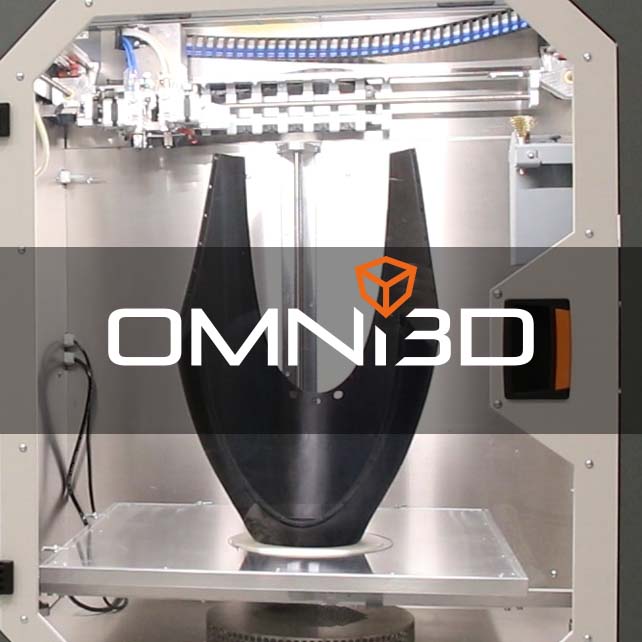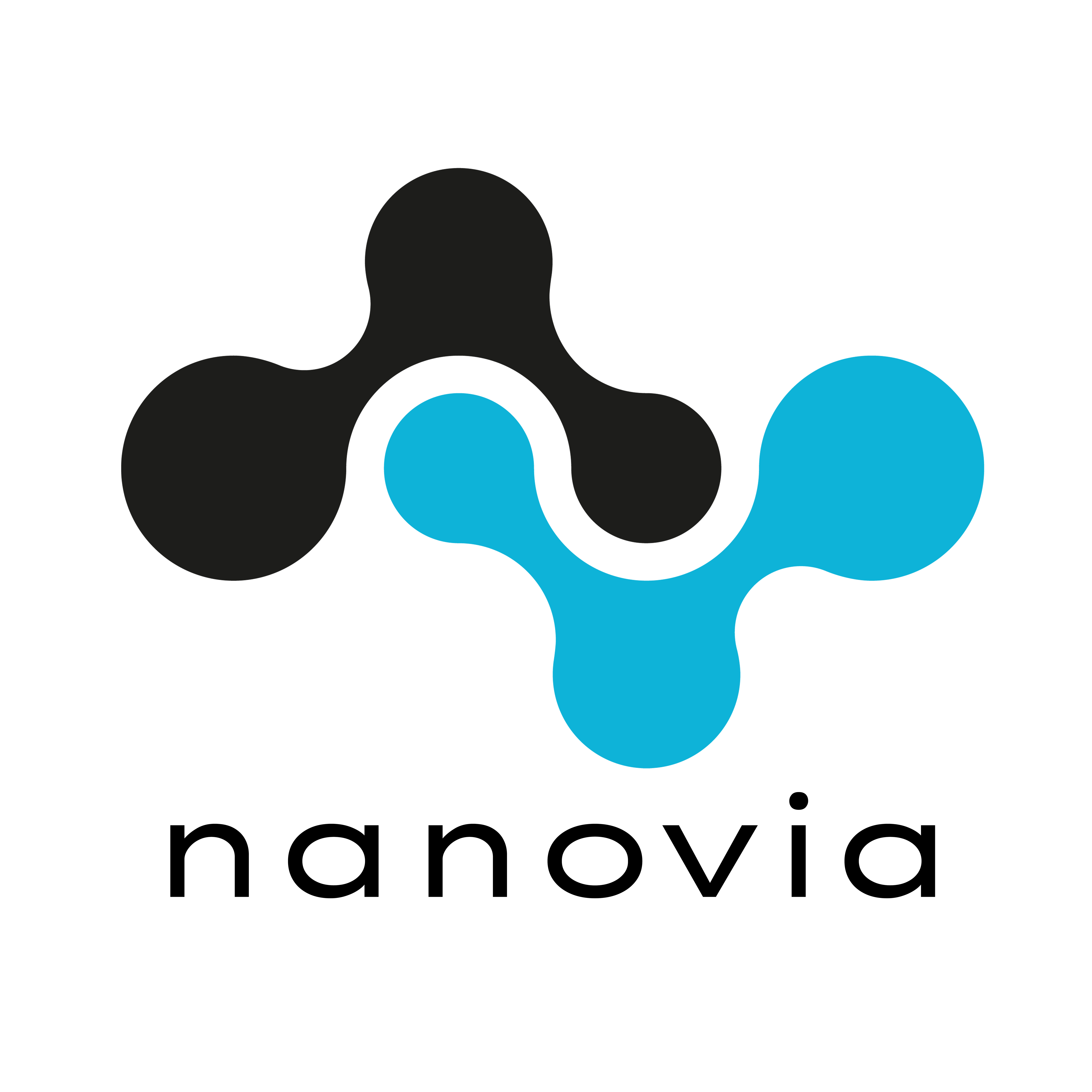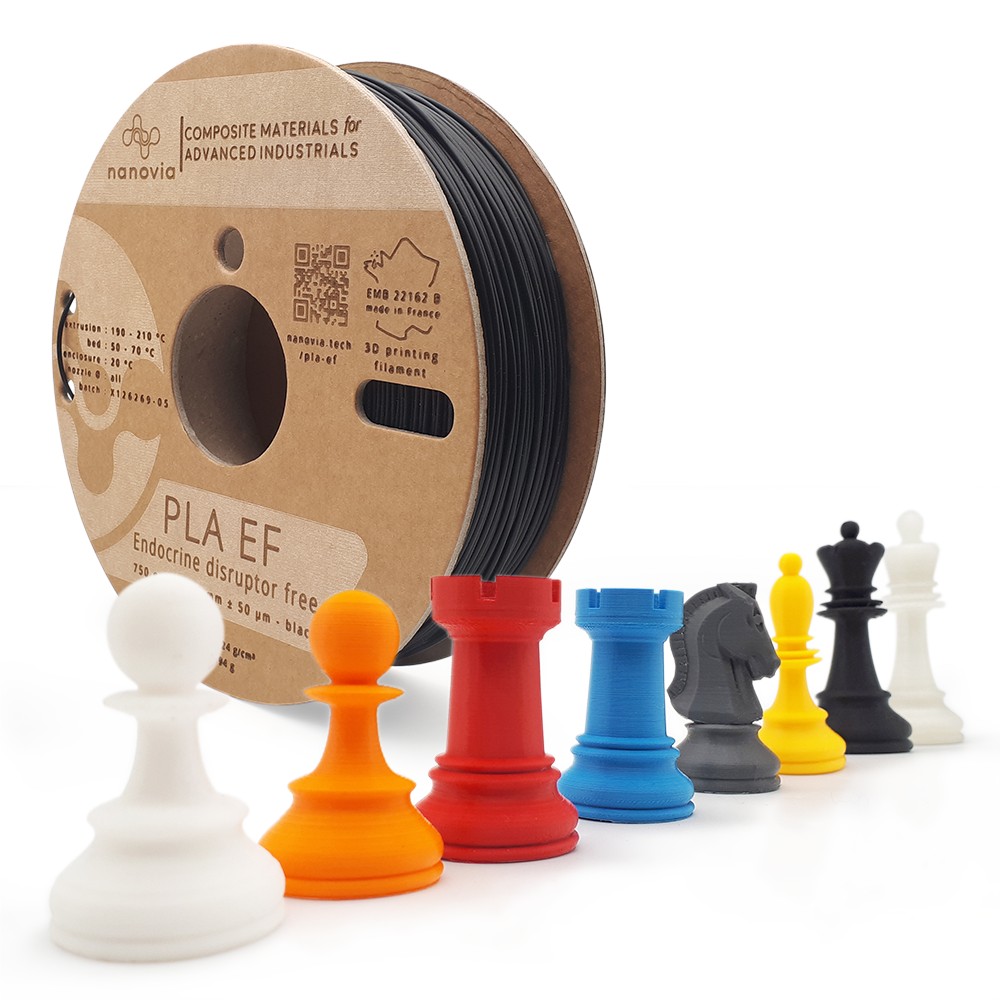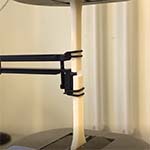Description
Properties3D Printing
Mechanical propertiesPhysical
Traction
Test performed at 1mm/min on 3D printed test specimins at 0°, along with the tension stress.
Impact
Thermal properties
DocumentationDownload the technical chart Download the security chartlast updated : 21/02/2023 Create precise prints with ease using Nanovia PLA EF. This certified endocrine disruptor free 3D filament is perfect for prototypes and toys. Advantages
User photosApplication recommendationsStorage
Post treatment
Health and safetyPost treatment
Endocrine disruptor test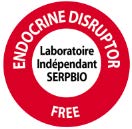
1 Method OEDT – SERPBIO Laboratory. Sample : NANOVIA 3D filament PLA EF. Study: Measuring the activity of the human estrogenic receptors expressed in S. cerevisiae (SW303.1B). Every measurement is reproduced 3 times independently with the different contents of the tested sample. Results: The obtained data shows that the tested product does not influence the measured activity. Note on the ratio of circulating plasmic œstradiol: With menopaused women / with men: * [4×10-11M – 2×10-10M] with pre menopaused women (excluding ovulation): [1×10-10M – 5×10-10M] / with women (ovulation): [2×10 -9m] * a value is considered critical when it exceeds [2×10-11M]. CONCLUSION: The tested material can be considered absent of endocrine disruptors. CertificationsPackagingVacuum packed spools, with desicant, packed in individual boxes and engraved serial number. Other formats available on demand.
|
